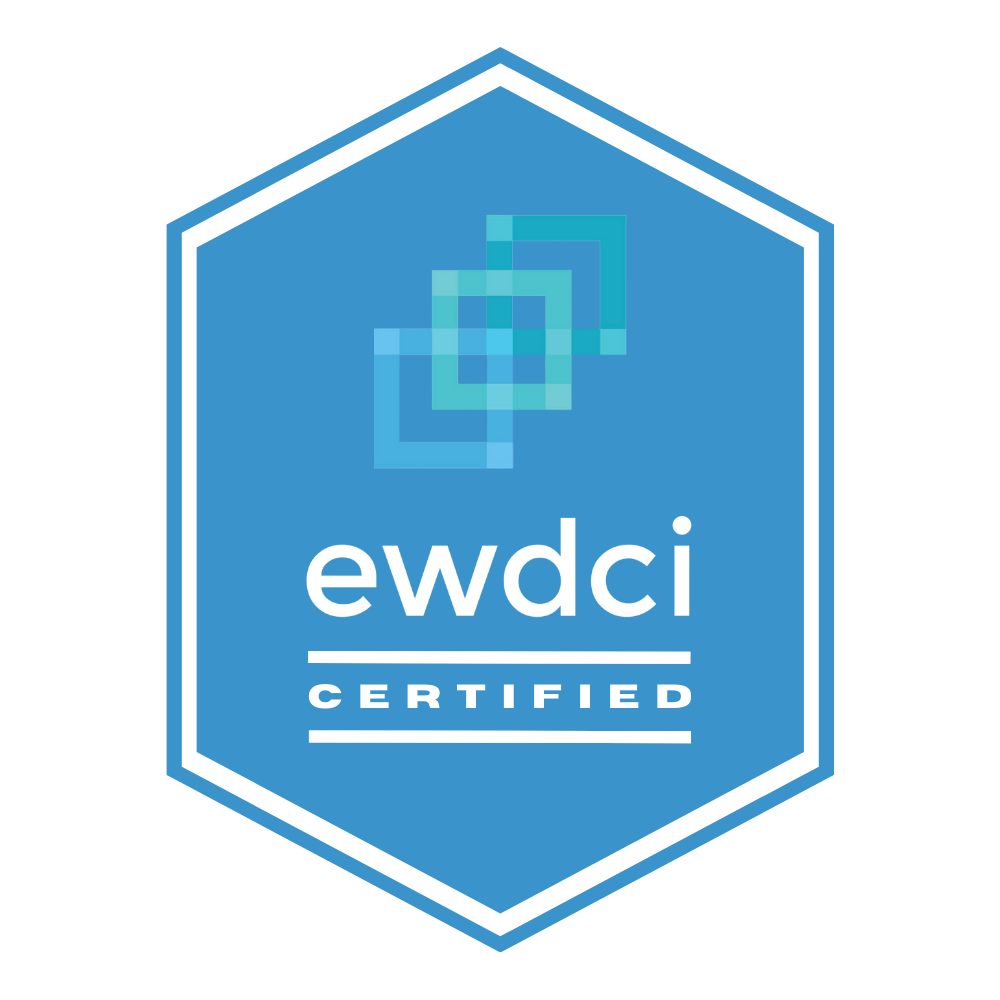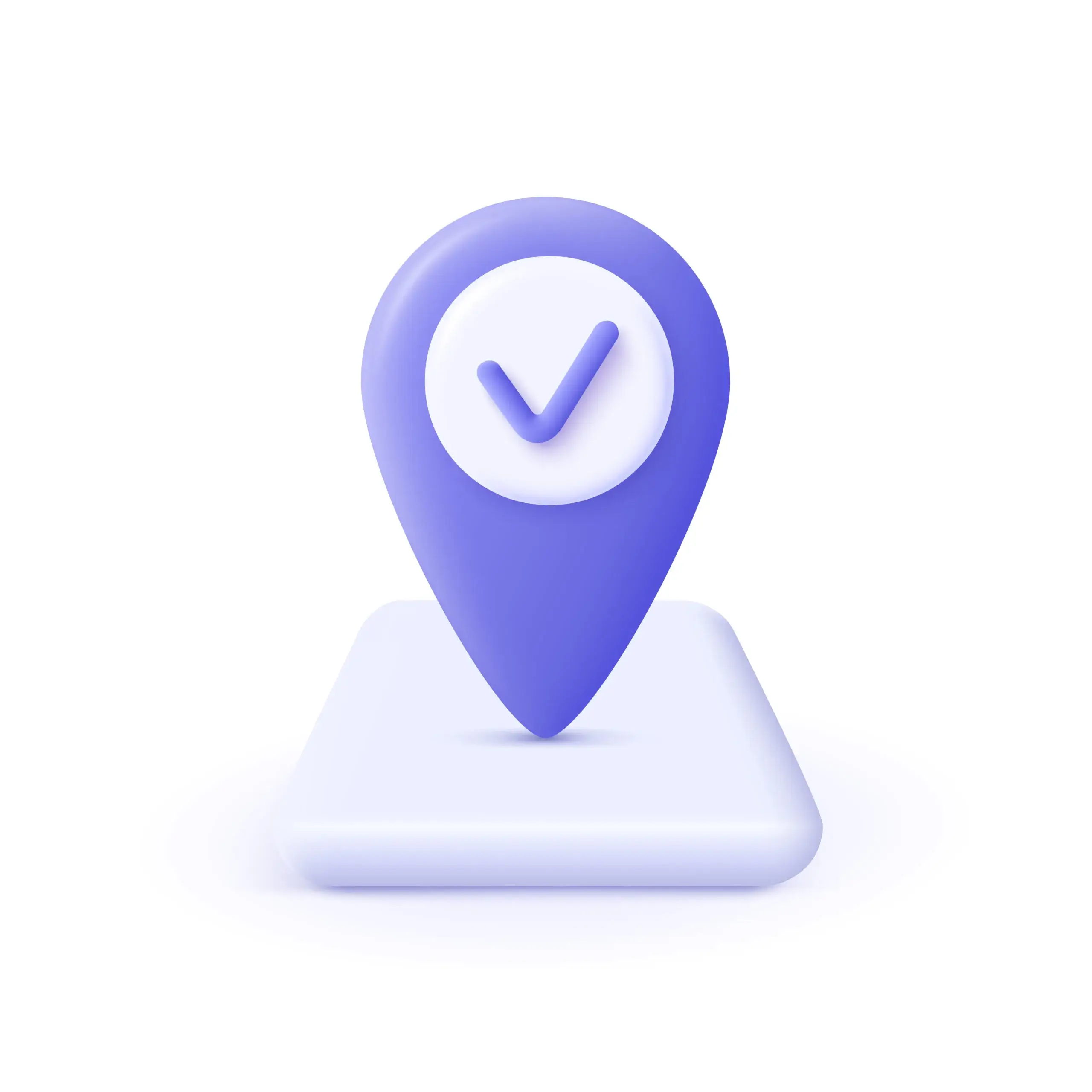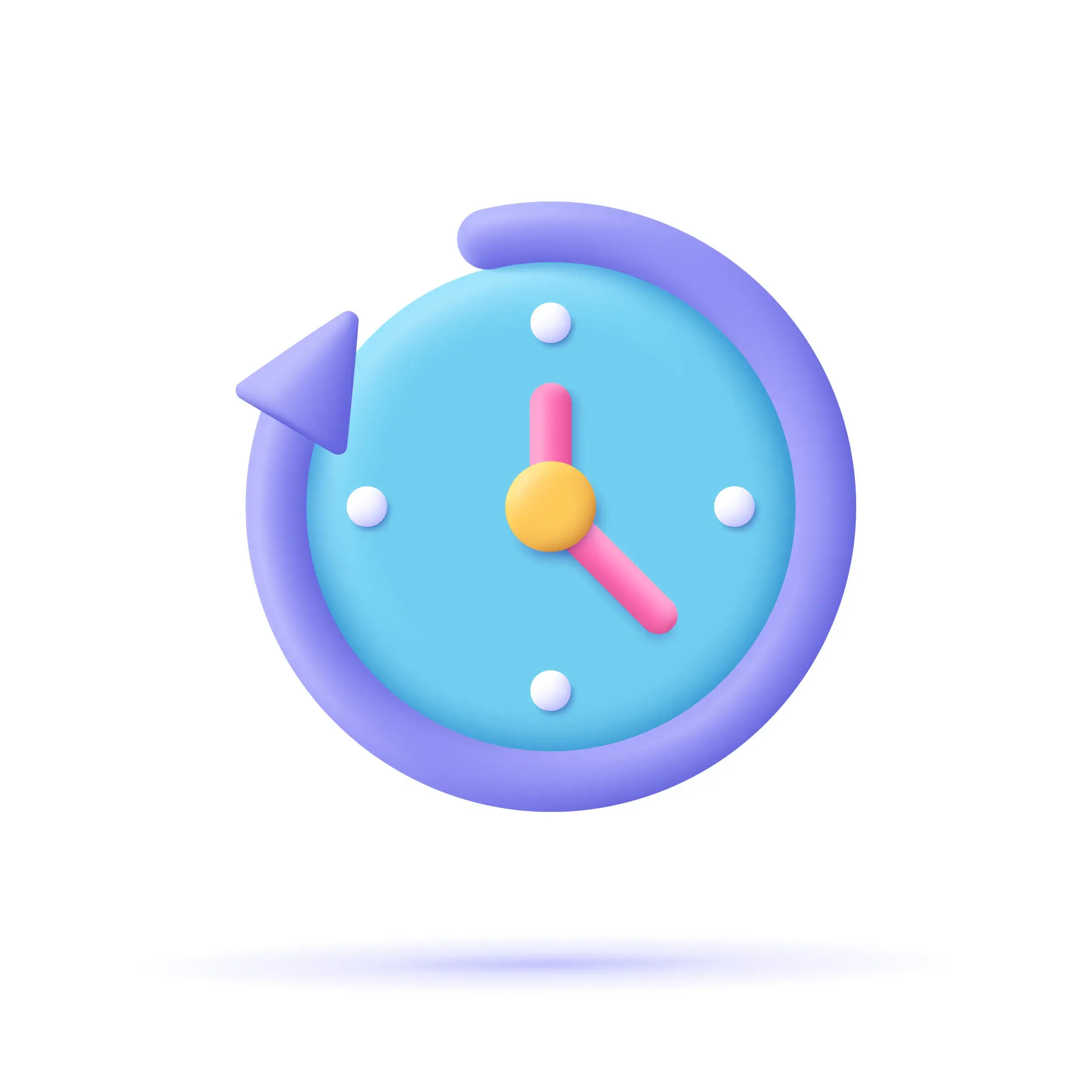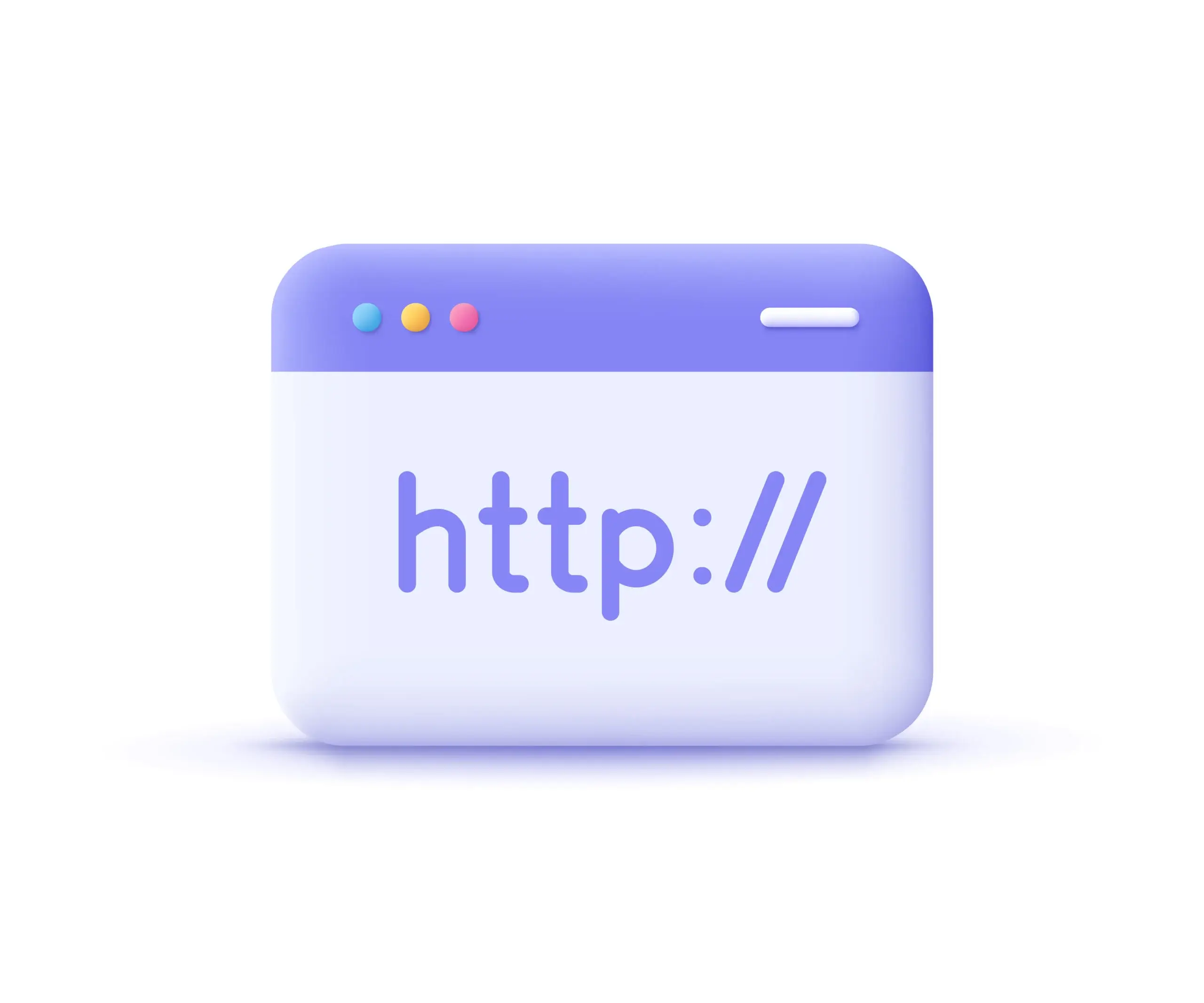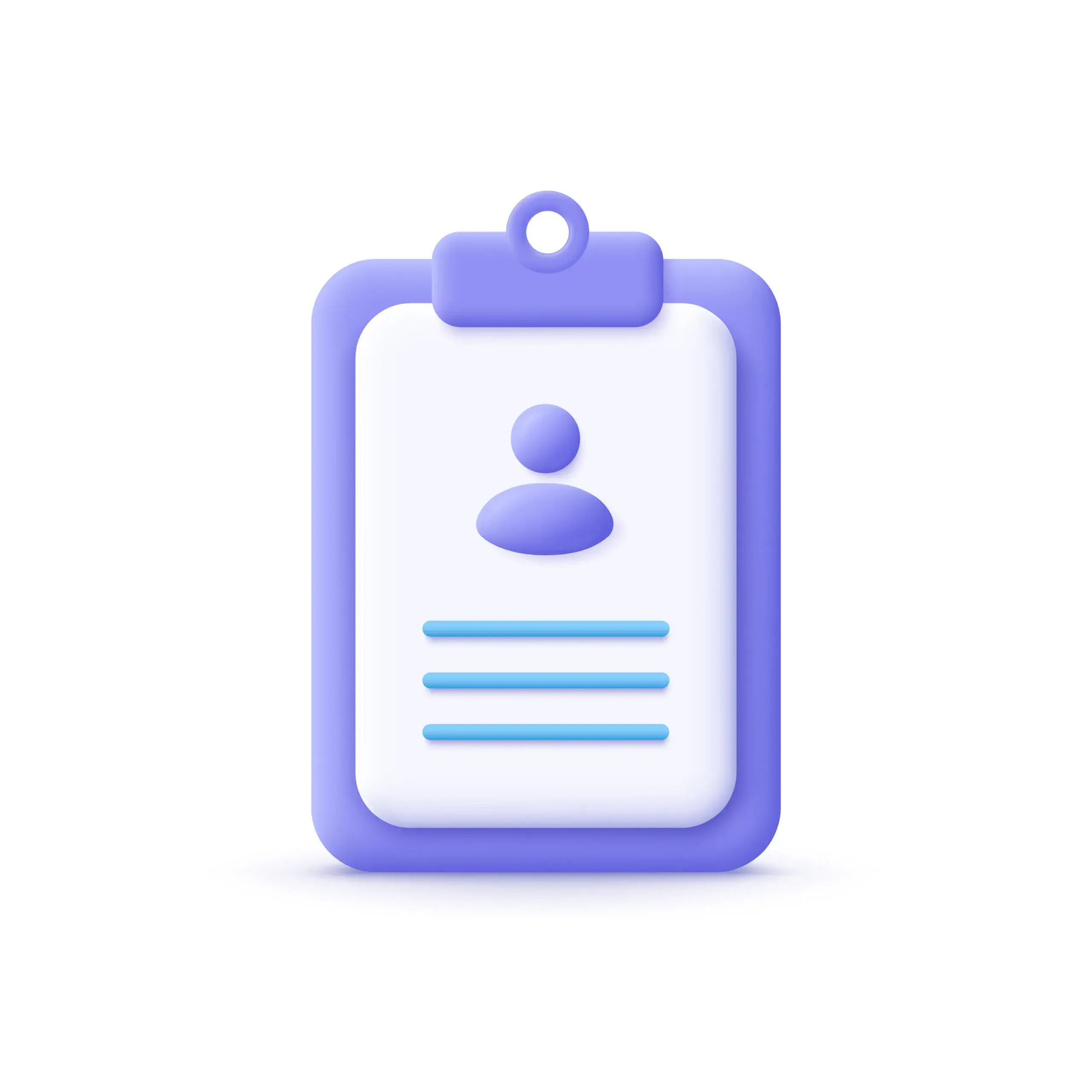In the ever-evolving digital landscape, the art of data collection has become as intricate as it is essential. For those who seek to harness the visual abundance of the internet, a Scraping API for Google Images is akin to an expert tool, crafted to procure a rich array of visuals with precision and efficiency. In the specific realm of Search Engine Results Pages (SERP scraping), these APIs become indispensable as they meticulously retrieve images from SERPs, transforming a mountain of potential data into an accessible, organized goldmine.
Embarking on this visual voyage requires not just the right set of tools but also a keen awareness of the legal map that outlines the do’s and don’ts of data procurement. With the selection of an appropriate scraping API, customized to your SERP scraping needs, the digital expedition begins.
An environment prepared for data extraction stands ready, much like a carefully assembled nest, awaiting the deployment of code-crafted queries. These queries, akin to foraging birds, are dispatched into the expanse of Google’s SERP, returning with the sought-after images – the jewels that will adorn your project or analysis. This introductory dive into SERP scraping with a Scraping API promises to be both an enlightening and enriching endeavor in the quest for digital imagery.
Key Takeaways

- Image scraping involves automatically pulling images from web pages.
- Ensure images aren’t protected by copyright or have permission to use them.
- Evaluate features such as requests per minute and image filters when choosing an API.
- Assess image attributes like file size, format, and dimensions when analyzing scraped data.
Understanding Image Scraping
To get started with image scraping, you’ll need to grasp the basics of how to extract visual content from websites using automated tools or APIs. Essentially, image scraping involves pulling images from web pages automatically rather than doing it manually. You’re essentially teaching a computer to mimic the process of a human browsing a site and saving images.
You’ll use specific software or scripts that send requests to the web server hosting the images. These tools parse the HTML or JavaScript of the page to find image URLs and then download the images to your local system or cloud storage.
It’s crucial to respect copyright laws and website terms of use when scraping, ensuring you’re not infringing on anyone’s intellectual property.
Legal Considerations
When you delve into image scraping, it’s crucial that you’re aware of and adhere to the legal restrictions that govern the use of such data. Understanding the legal landscape helps you navigate the complexities of image scraping without infringing on the rights of others. Here’s what you need to consider:
- Copyright Laws: Ensure images aren’t protected by copyright or that you have permission to use them.
- Terms of Service: Abide by the terms of service of the website you’re scraping from.
- Privacy Concerns: Be mindful of personal data that may be associated with images.
- Fair Use Doctrine: Determine if your use of the images qualifies as fair use.
- Data Protection Regulations: Comply with laws like GDPR when handling images with identifiable information.
Choosing the Right API
While considering the legalities of image scraping, you’ll also need to select an API that aligns with your technical requirements and budget constraints. It’s essential to evaluate the features provided, such as the number of requests per minute, the variety of image filters, and the resolution of returned images. You don’t want an API that’s too restrictive or one that’s overpowered for your needs, as both can be cost-efficient.
Furthermore, check for robust documentation and active support. An API with clear instructions and a responsive support team can drastically reduce your development time. And don’t overlook user reviews; they often reveal the API’s reliability and performance in real-world scenarios.
Choosing the right API is a balancing act, but it’s critical for the success of your image-scraping project.
Setting Up Your Environment
Before diving into the technicalities of your chosen API, you’ll need to ensure that your development environment is properly configured for image-scraping tasks. It’s crucial to set up a workspace that’s both efficient and effective for handling the demands of scraping Google Images.
Here are some key steps to get started:
- Install the latest version of Python, as many scraping tools rely on it.
- Set up a virtual environment to manage dependencies and isolate your project.
- Choose and install a scraping library, like Beautiful Soup or Scrapy.
- Ensure you have an HTTP client, like requests or aiohttp, for making web requests.
- Familiarize yourself with the Google Images API terms of service to avoid legal issues.
Implementing the API
You’ll need to obtain an API key to start scraping images from Google. Once you’ve got your key, it’s time to dive into implementation. Choose a programming language that supports HTTP requests—Python, for example, is a popular choice with its requests library.
Start by setting up your authentication with the API key in your code. Then, construct the query with specific parameters that match your image search criteria. Make an HTTP GET request to the Google Image API endpoint, and pass along your search query and API key.
Parse the JSON response to access the image URLs. Remember, you’re handling data, so respect usage limits and copyright laws. Save or display the images as needed, and you’re all set!
FAQ
What is a Scraping API for Google Image Search?
A Scraping API for Google Image Search is a tool or service that enables developers to programmatically extract image search results from Google. It does this by simulating searches on Google Images and parsing the resulting HTML to return details about the images found.
How does the Google Image Scraping API work?
The API sends an HTTP request to Google Images with specific search query parameters. It then parses the HTML response to extract information about images such as the image URL, alt text, image source website, and other related metadata.
Is the Google Image Scraping API official and supported by Google?
No, Google does not provide or support scraping APIs as part of its services due to concerns over user privacy, server load, and the integrity of its services. Any third-party scraping APIs are not officially endorsed or supported by Google.

